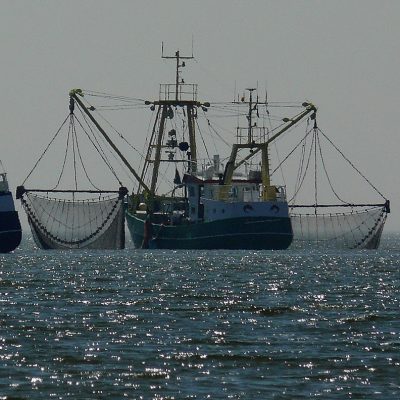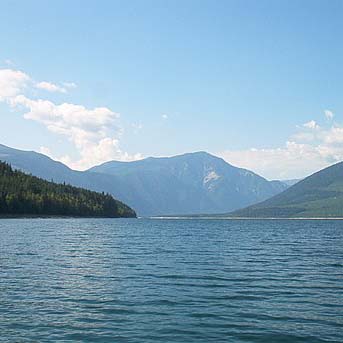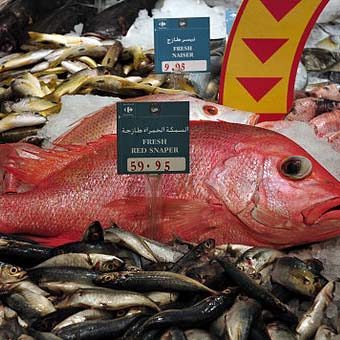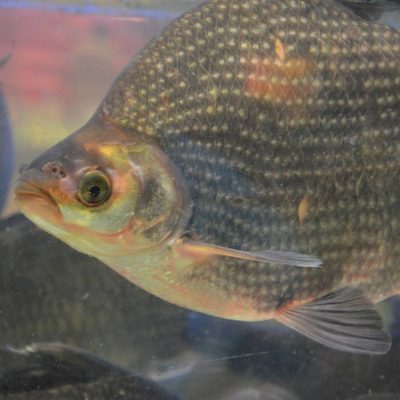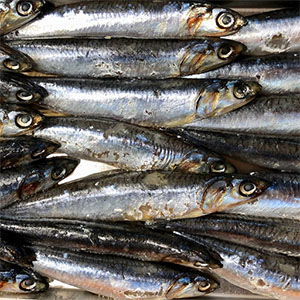In Memoriam – Josef (Joe) Bauer
A much revered fisherman, teacher, student, researcher, environmentalist, and Adjunct Professor with the Institute for the Oceans and Fisheries and its previous incarnations.
China and the E.U. aren’t the only ones to blame for harmful fisheries subsidies
“Don’t think that just because you’re not providing six billion dollars that you’re not impacting, or potentially impacting the sustainability of the fish stock.”
Ecosystem modelling indicates that adding fertilizer to water reservoirs pays off
In the simulated Arrow Lakes Reservoir, fish fared better when nutrients were added to the water, regardless of whether the water flow was high or low.
IOF researchers find simple solution to Kuwait’s blood snapper woes
The change could help repopulate Malabar blood snapper, whose numbers dropped by 95% between 1995 and 2009
Tilapias are not precocious, they are just resilient
Tilapias living in crowded aquaculture ponds or small freshwater reservoirs adapt so well to these stressful environments that they stop growing and reproduce at a smaller size than their stress-free counterparts.
Understanding why fish grow the way they do and getting serious about it
Daniel Pauly argues that scientists need to avoid attaching human attributes to fish and start looking at their unique biology and constraints through a different lens.
Management of exploited transboundary fish stocks requires international cooperation
With an average catch of 48 million tonnes per year, and USD $77 billion in annual fishing revenue, transboundary species support critical fisheries, and require international cooperation to manage.
Popular fish species disappear from Turkey’s Marmara and Black Seas
Bluefin tuna, swordfish and Atlantic mackerel are among the fish species considered commercially extinct or extirpated on the Turkish side of the Marmara and Black Seas.
Impact of climate change on tropical fisheries would create ripples across the world
Tropical oceans and fisheries are threatened by climate change, generating impacts that will affect the sustainable development of both local economies and communities, and regions outside the tropics.
Treating fish as a public health asset can strengthen food security in lower-income countries
The food and nutrient security of billions of people worldwide depend on fish being treated as a domestic public health asset instead of a commodity.

